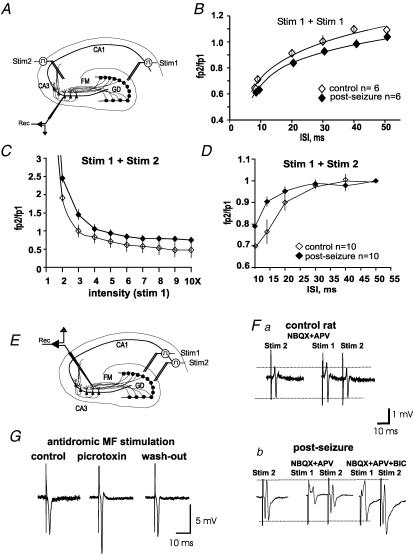Figure 4. MF-evoked GABA release produces collateral inhibition in CA3.
A, schematic drawing showing the sites of stimulation and recording of the experiments depicted in B, C and D. B, paired pulse stimulation of a single set of MFs (Stim 1) produces feed-forward inhibition in control slices and in slices from rats subjected to seizures. C, to explore whether disinhibition of the responses to stimulation of a different input to CA3 occurred in the post-seizure preparations, stimulation of the commissural–associational (C/A) fibres (Stim 2) was preceded (10 ms) by a conditioning pulse in the MF (Stim 1). The responses in CA3 to C/A constant stimulation turned from paired pulse potentiation to paired pulse inhibition, as stimulation in the MF (Stim 1) was increased. Inhibition was slightly increased in control as compared to the post-seizure group. D, in another set of experiments, the stimulation intensity in the MF was kept constant while the interstimulus interval (ISI) (Stim 1 − Stim 2) was shortened. Inhibition of the responses of CA3 to C/A stimulation was increased as the ISI was decreased. Inhibition was slightly increased in control as compared to the post-seizure group; fp, field potential amplitude. E, to confirm MF GABAergic collateral inhibition, two sets of MFs were stimulated with an ISI of 15–20 ms (Stim 1 + Stim 2; see A) in the presence of NBQX + APV. Fa, a test pulse to stimulation site 2 (Stim 2) provoked an afferent volley in a control rat, which was not affected by a preceding afferent volley provoked by site 1 (Stim 1). Fb, by contrast, in seizing rats, the field potential evoked by Stim 2 was strongly inhibited when preceded (15–20 ms) by a conditioning pulse in stimulation site 1 (Stim 1) and this effect was blocked by bicuculline (BIC). G, field responses of the dentate gyrus provoked by antidromic stimulation of the MFs are reversibly enhanced in the presence of picrotoxin (100 μm). Traces in F and G are an average of 6 responses.

